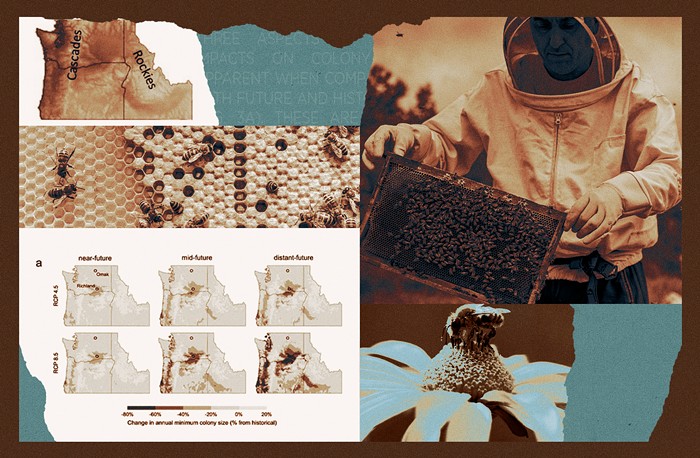
On Noise Pollution and Ecosystem Soundscapes: The field of soundscape ecology explores the patterns found in a landscape’s natural sounds, the processes governing these patterns, and what these data can tell us about ecosystem health. Perhaps the most visible accomplishment of the discipline has been to highlight the pervasive nature of noise pollution, even outside of developed areas: with 83% of the land in the continental United States lying within two-thirds of a mile from a road, true silence is a rare thing indeed. And maybe this might be a good time to think about the parts of our massive car-era infrastructure we maintain or return to nature. California Sunday Magazine has more here.
America’s Mollusks Aren’t Doing So Well: You probably haven’t spent much time thinking about freshwater mussels lately—which means you’re part of the problem. Populations are in free fall across the American West, for reasons ranging from the decline of native fish to habitat destruction, and their plight is barely attracting attention among environmental organizations, let alone the broader public. Yet, the loss of these overlooked invertebrates has implications far surpassing their modest profile. Why? For starters, freshwater mussel populations are “wild nature’s water filters,” capable of removing heavy metals from millions of gallons of water daily.
But Sharks and Otters Are: On the other hand, two West Coast species nearly driven to extinction by humans—great white sharks and sea otters—are on the verge of triumphant comebacks. Ironically, these concurrent success stories may eventually prove to be mutually exclusive: though not a natural food source for great whites, many otters are dying from exploratory shark bites, before being discarded in favor of something more blubbery and delicious.
Composing the Keeling Curve: The Keeling Curve is a plot of rapidly rising atmospheric carbon dioxide concentration measured at Mauna Loa, Hawaii, and arguably one of the most iconic scientific figures of all time. For two researchers at UW’s Department of Atmospheric Sciences, it was thus a natural choice to run through a software program that transform data to musical notes. As associate professor Dragan Friersen put it: “If you understand the Keeling Curve, you kind of get the story of climate change.”
(Earlier this year, this column featured a different climate change data sonification project)














